This is the second piece and the first major feature written for the TerroirSense Wine Review by Yumi Liu, one of the top scoring students of the TerroirSense Wine Academy’s first class of the Advanced level course on Italian wines. Her passion and dedication to Italian wines and wine in general are such (one look at her course textbook as well as her Native Wine Grapes of Italy and The Grapes and Wines of Italy: The definitive Compendium Region by Region tomes will reveal myriad underlined parts, yellowed out sections and more) that she can tell you that there is a difference between, for example, between Moscato Bianco, Moscato Giallo and Moscato di Alessandria (Zibibbo) and how their wines differ, or that there are eighteen different Malvasia grapes in Italy and guess what, their wines differ too. It’s always a pleasure to welcome into our wine-writing team such passionate and hard-working individuals, and I for one look forward to welcoming more in the future.
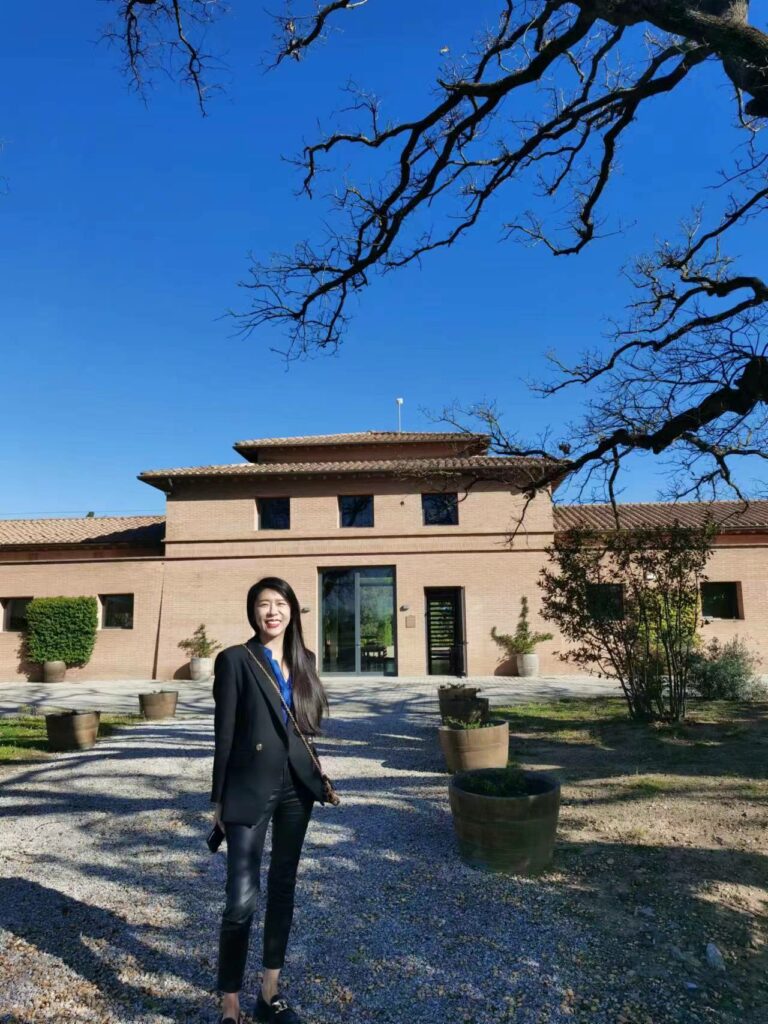
In 2023, when China began to liberalize its policy on the prevention of COVID-19, I finally had the opportunity to visit wineries in Italy and all over the world again. Given my great love and interest in Italian wine, the first stop after a three-year hiatus could not have been anything else but Italy and its wineries. Italy was once known as Oenōtria by the Latins and Oinotria by the Greeks, meaning “land of wine” and so you just know that wine permeates Italian society at all levels. Not surprisingly, the list of quality wine estates is almost endless. It all makes for one exciting visit after another, not to mention standout learning opportunities.
One memorable stop was at a winery that is a “hall of fame” wine estate in the hearts of many Chinese: Tenuta San Guido.
Getting to know Tenuta San Guido
Tenuta San Guido is most famous for its top wine, Sassicaia, one of the world’s most important red wines. Italy’s most expensive wine ever is the 1985 Sassicaia (sold at more than 4000 Euros a bottle) but many other vintages are also sought after by collectors everywhere. In China where I live, Sassicaia is known as the “Lafite” (Chateau Lafite Rothschild) of Italy, so the very high esteem it is held in is clear. In this light, tongue in cheek, we might even go as far as to say that Lafite is the Sassicaia of France.
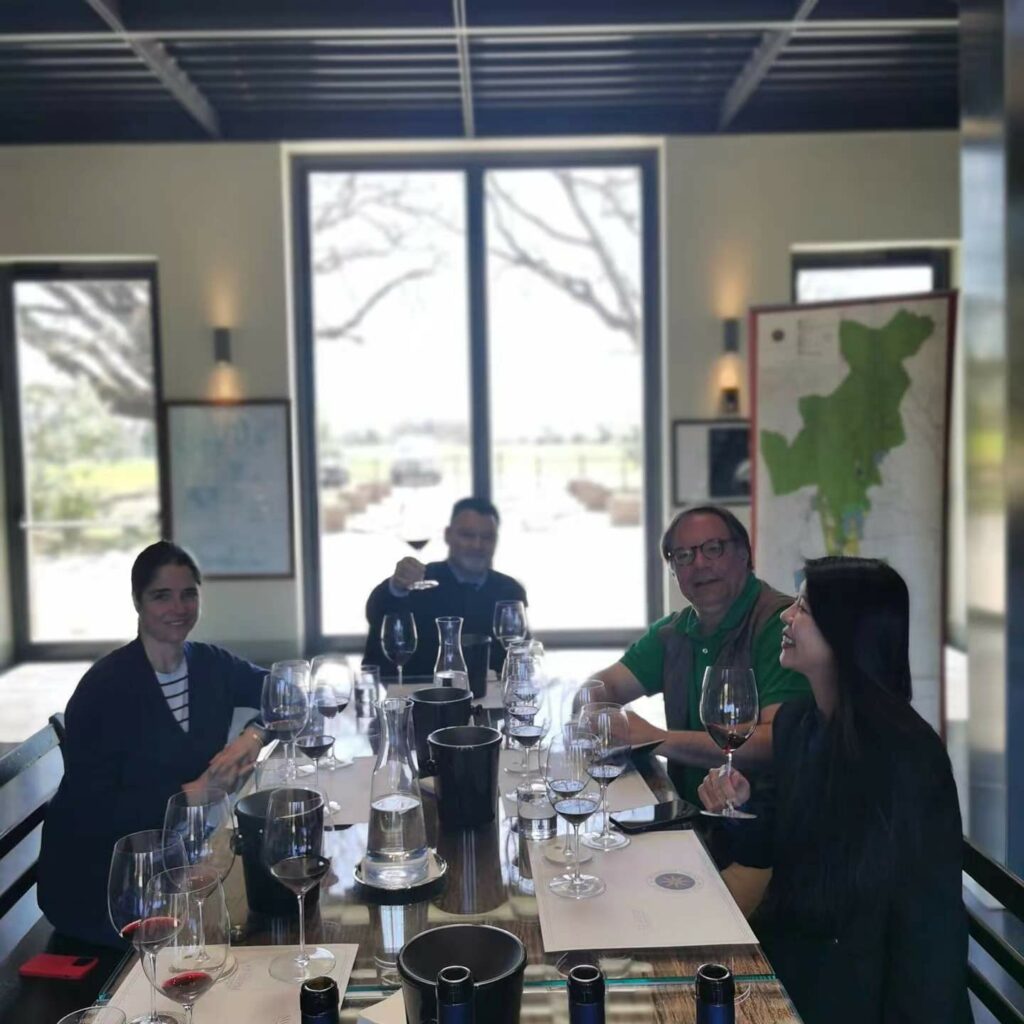
Although people speak always of “Sassicaia” and refer to the winery with that wine’s name, the name of the estate that produces Sassicaia is actually Tenuta San Guido, named after Saint Guido della Gherardesca, who lived in the eleventh century. Tenuta San Guido is located in the Bolgheri wine region of Tuscany, which is situated between the cities of Livorno (Leghorn, in English) in the north and Grosseto in the south. The Bolgheri region is by the seaside, on the coast of the Tyrrhenian Sea (in fact, the Bolgheri denomination is part of the larger Tuscan Coast wine region), one of the four seas that make up Italy’s portion of the larger Mediterranean Sea (the other three seas are the Adriatic, the Ligurian and the Ionian Seas). Tenuta San Guido makes three red wines: all are of an exceptionally good quality level, but are, logically enough, offered at three different price points. Le Difese is essentially an entry-level red; Guidalberto is the red that follows in importance, and Sassicaia is the estate’s top wine. In fact, they are three very different wines, so it’s not exact to say that, for example, Sassicaia is the grand vin and Guidalberto the estate’s “second wine”. The three are made from different vineyards and are blends of different grape varieties (Le Difese’s blend contains Sangiovese and Guidalberto’s Merlot, neither one of which is found in Sassiciaia’s blend of grapes). Both Le Difese and Guidalberto are sold as “Toscana Rosso” wines, while Sassicaia has its own appellation (known in Italy as denominazione): the Denominazione di Origine Controllata, or DOC (in France, Appellation d’Origine Controllée, or AOC), called Bolgheri Sassicaia. It is the only single estate in Italy with its own named denomination. In another telling sign of this estate’s fame and importance, in 2004 Tenuta San Guido joined the international association of winery first families, the Primum Familiae Vini (or PFV), that counts amongst its members only twelve of the world’s most prestigious family-owned wineries, including Spain’s Torres, Germany’s Egon Muller and France’s Hugel.
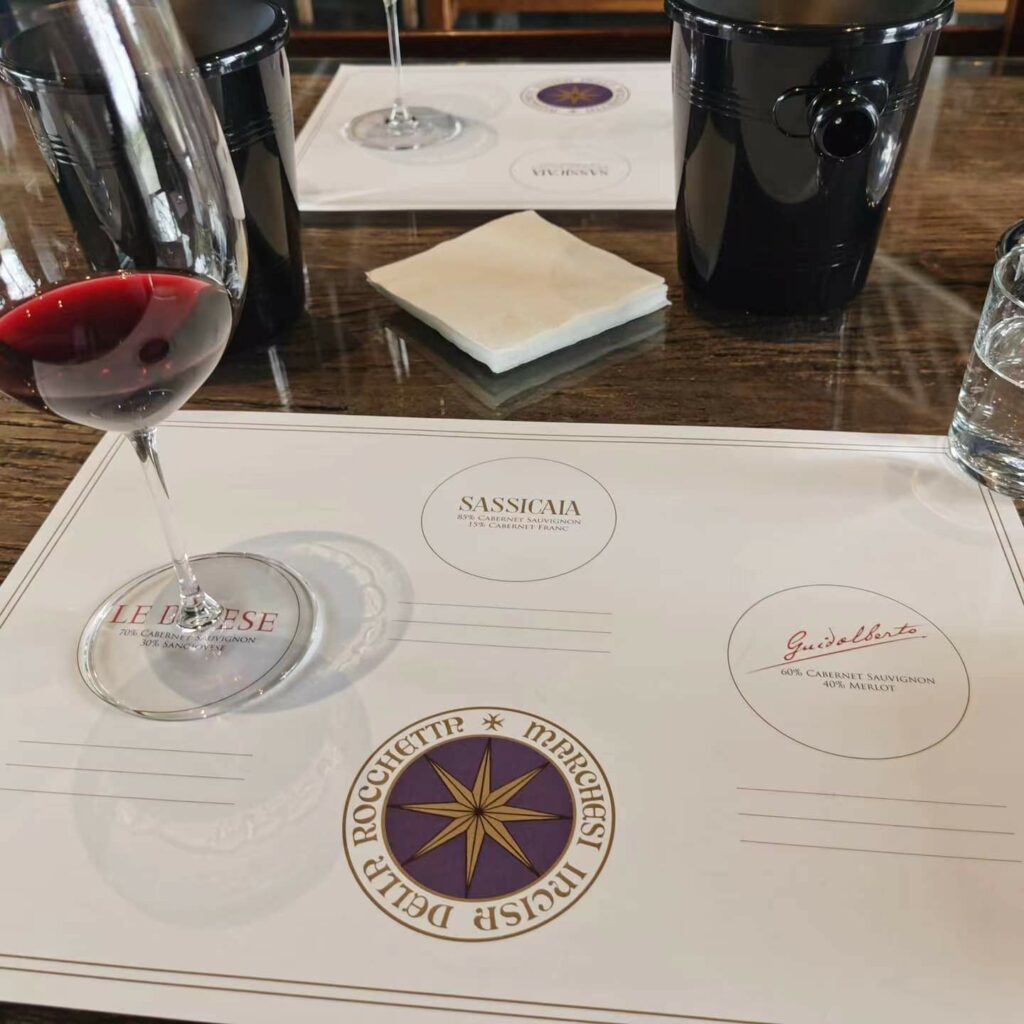
Tenuta San Guido, more than just wine
While Tenuta San Guido is most famous and best-known for its Sassicaia wine, there is in fact a lot more going on there. For one thing, the estate is huge: from the sea to the hills stretching for thirteen kilometers, the winery is only one part of Tenuta San Guido’s reality, which also includes a thoroughbred horse breeding farm and a World Wildlife Fund (WWF)-managed natural oasis and bird sanctuary. And if you thought Sassicaia was famous, you cannot even begin to imagine just how famous the horse farm of Tenuta San Guido is. To be clear, defining its role and significance in the history of race horses and horse breeding as landmark and legendary is no exaggeration.
I spent my day at the winery in the company of Ian D’Agata, universally recognized as the world’s biggest Italian wine expert. If you know anything about Ian, then you are aware he wants to know and understand everything there is to about a winery, its people and wines. And as he has been at san Guido countless times before, he wanted to make sure I got to know the estate in all its varied facets. And so my day at Tenuta San Guido was spent, in addition to learning about the vineyards, the winery and its wines, also visiting the stables of the Dormello Olgiata stable and the natural oasis park.
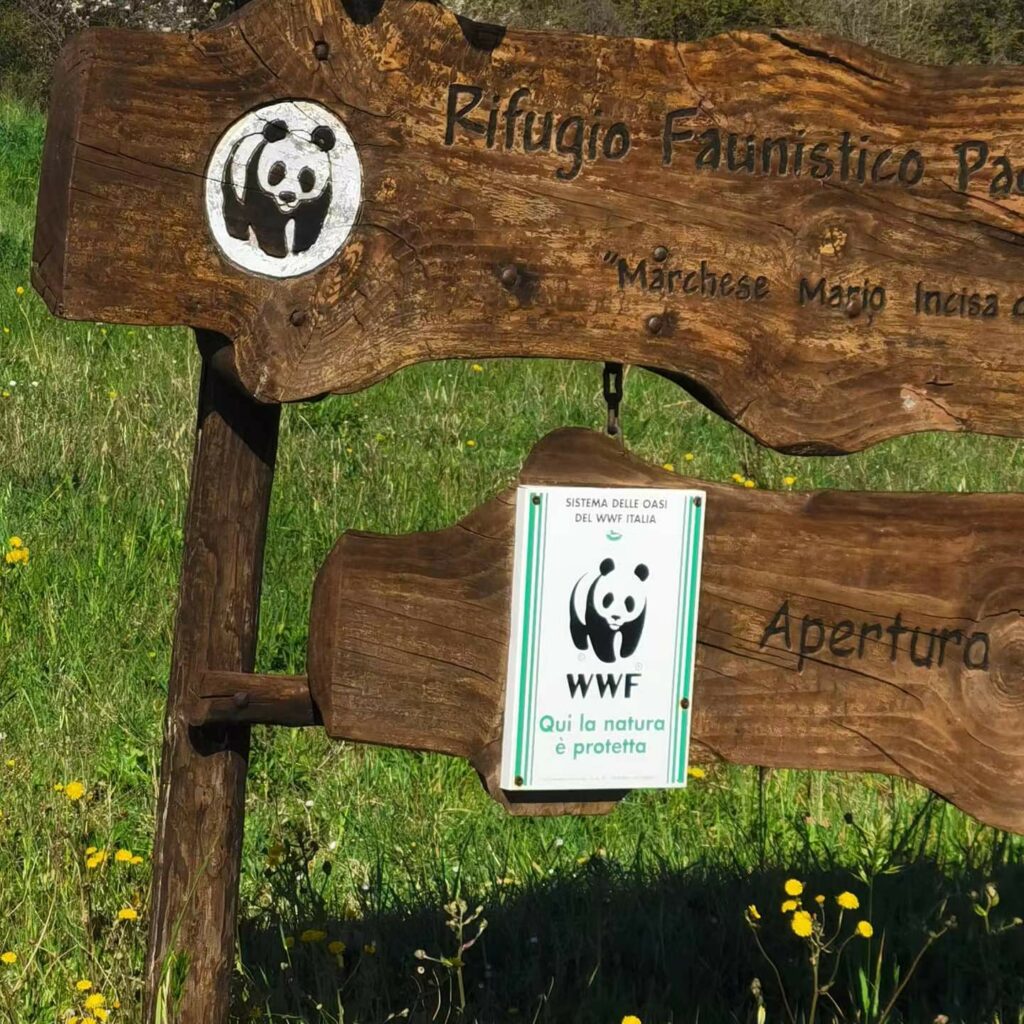
Tenuta San Guido’ successes can be traced to the happy and fruitful marriage between Mario Incisa della Rocchetta and Clarice Della Gherardesca, two Italian nobles. The two both loved horses and nature, besides wine. Their first love led them to launch the Razza Dormello-Olgiata thoroughbred stud farm in association with horse breeder and trainer Federico Tesio. So just how successful were these three people and their horses? Suffice it to say that from 1944 to 1996, the children and descendants in the male line of their horse stable’s stallions Donatello II, Nearco and Ribot, all bred by Tesio, won 120 of 265 editions of classic British trials (in other words, almost half of them). At his farewell speech at the thoroughbred Breeders Association in Newmarket in 1964, Lord Rosebery stated that: “Nobody in this century has most influenced the breeding of thoroughbreds than Tesio and Lord Derby”. You will agree, that’s quite something. And while Nearco is remembered by many horse racing aficionados as one of the greatest horses that ever lived (think Secretariat-like great), I was very excited to learn about the legend of Ribot, a champion horse generally believed to be the greatest racehorse that ever lived. He never lost a race, was defined as “the horse of the century” on more than one occasion, and made the cover of Der Spiegel magazine (Europe’s version of Time).
But at the Tenuta San Guido, besides horses and vineyards, there are also more than 1,000 hectares of forest in addition to over 500 hectares of wetlands. We also went to see the WWF Ecological Reserve, the largest such wildlife reserve in Italy. In 1959, the couple transformed their seventy-three hectares of freshwater marsh (surrounded by another 445 hectares of forest, wet meadows, pastures, swamps and arable land) into the first Italian private nature preserve. The oasis is now run under the auspices of the WWF. (For those wishing to know more about this amazing wine estate, its people and its wines, I refer you to Ian D’Agata’s benchmark vertical tasting report here in the TerroirSense Wine Review, Vertical tastings section: April 22, 2022: Sassicaia Vertical: 40 Years of Tenuta San Guido’s Italian Wine Icon, 1978-2019). The oasis is an shadow-rich intricate maze of trees, shrubs and marshes, while the beach is wide open and sunny, with a completely deserted beautiful beach and the waves crashing onto it providing a spectacularly beautiful and relaxing sight. Suffice it to say that after my stroll along the wind-swept beach, I understood fully why I so often find nuances of nori in Tenuta San Guiido’s three wines.
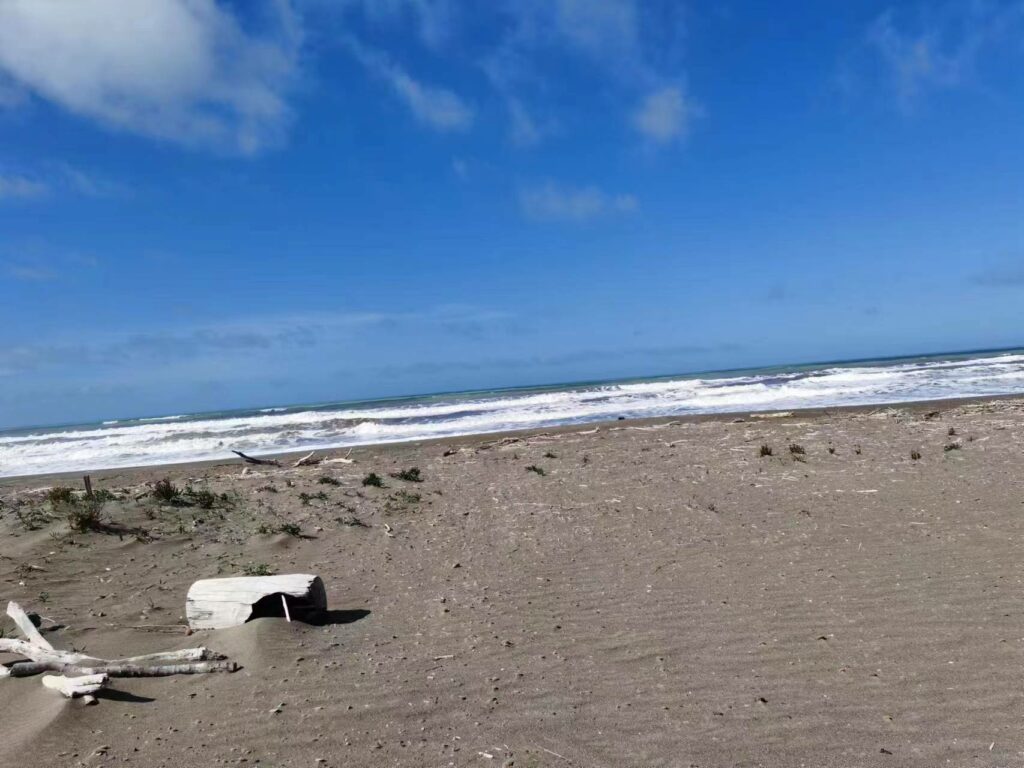
The vineyards and wines
Tenuta San Guido’s vineyard covers approximately 70 hectares, all within the Sassicaia DOC, and is planted with a number of different grape varieties, including Cabernet Sauvignon, Cabernet Franc and Merlot. The average age of the vines is 25-30 years, and the vineyards are divided according to the type of soil and composition of each plot. The best plots, those that produce grapes used to make Sassicaia, are located at an average altitude of 200 to 300 meters, such that they are the beneficiaries of both altitude and sea breezes, resulting in more elegant wines. In fact, the oldest vineyards at the Tenuta San Guido are those of Castiglioncello, located at 400 meters above sea level, by far the highest vineyards planted anywhere within the Bolgheri wine region. The San Martino and Mandrioli vineyards are close to the hills in the center of the estate, while the rest of the vineyards are at a much lower altitude of about 80 meters above sea level. Clearly, the location and altitude of the vineyards in different regions is an important factor in providing potential complexity to the grapes and the wines, as well as providing greater options for harvesting on the basis of weather conditions and grape ripeness. Generally speaking, the wines at Tenuta San Guido are made in temperature-controlled stainless-steel vats with a capacity of 3,500 to 11,000 liters and aged in barrels the percentage of new wood of which is small. The maceration period is approximately two weeks, but differs ever so slightly between varieties. For example, the Cabernet Sauvignon vineyards used to make Le Difese are situated between 100-300 meters above sea level, on different types of soil but all characterized by a good limestone content, while the Sangiovese is sourced in inland Tuscany. The Cabernet Sauvignon macerates for 12-14 days while the Sangiovese stays on the skins just a little longer. The wine is stainless steel-fermented and aged for six to eight months in barriques previously used for Sassicaia and Guidalberto. The wine’s name, Le Difese, is a reference to the teeth of the wild boar, the animal that is depicted on the Le Difese label. Differently from Le Difese which is a Cabernet Sauvignon and Sangiovese blend, Guidalberto is a mix of Cabernet Sauvignon and Merlot; first made in 2000, it was initially meant to provide wine lovers with an alternative to Sassicaia that was readier to drink sooner, but it has grown in standing and is now as sought after as its more famous, bigger brother. In China for example, Tenuta San Guido could sell as much as three times the number of Guidalberto bottles it currently has available for that market, so it’s fair to say the wine has been a resounding success. The vineyards are located at the same altitude as those of Le Difese, and the time of maceration is vintage-dependent, though in general the merlot is kept on the skins 12-14 days and the Cabernet Sauvignon 13-16 days. The wine is aged about twelve to sixteen months in French oak barriques (as well as in a small percentage, about 5-7%, of American oak). The wine takes its name from an important family ancestor, Guidalberto della Gherardesca. Last but certainly not least, Sassicaia was first made in the 1968 vintage. Aging is carried out in about 33% new French oak barrels with a capacity of 225 liters for roughly two years.
The wines in this tasting
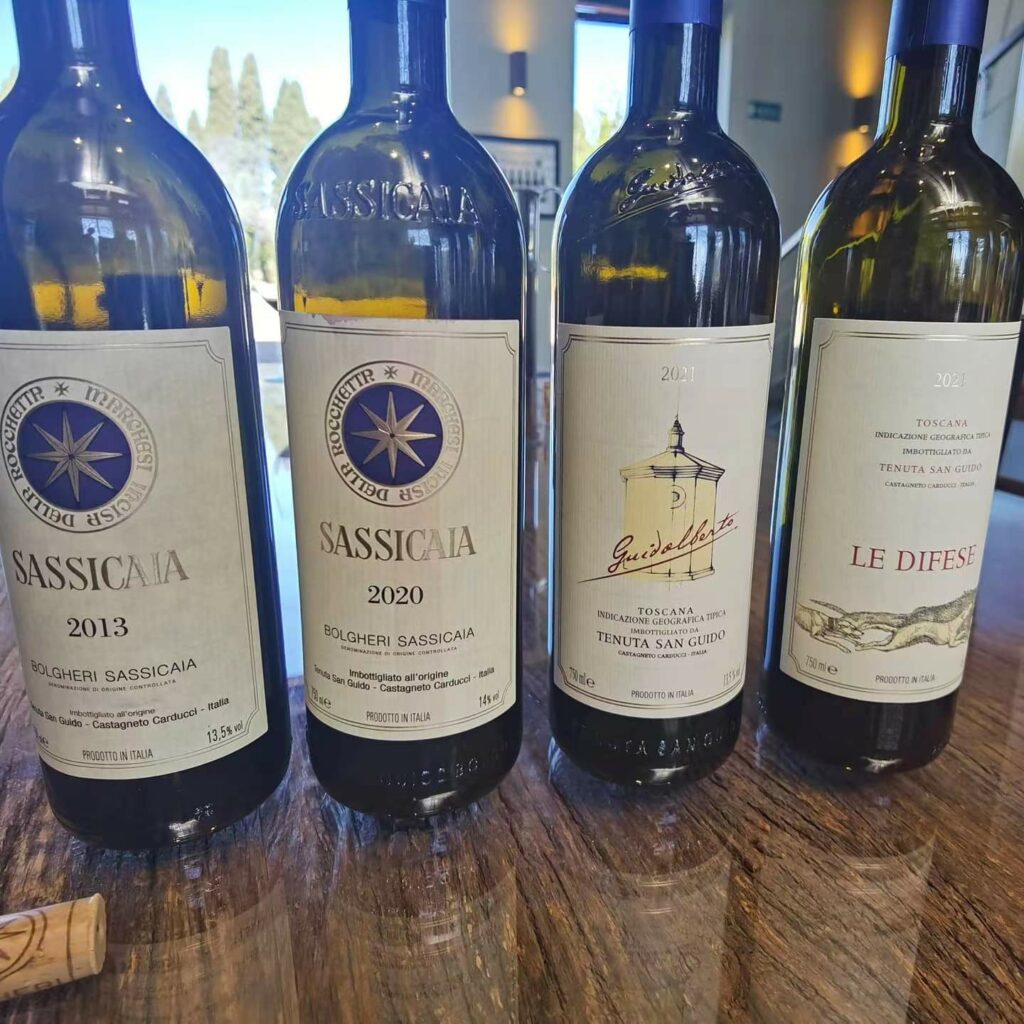
Tenuta San Guido 2021 Le Difese Toscana Rosso 91
Good full ruby-red. Wild strawberry, blackberry and cedar complicated by spice tones on the nose, with a subtle hint of earthiness and of nori. Lively acidity provides lift and extends the blackberry and cedar flavours on the long suave finish that features lingering sweetness. First made with the 2002 vintage, this is a blend of Sangiovese and Cabernet Sauvignon, and is an excellent buy for the money. It strikes me as being one of the best Le Difese ever and I actually like it better currently than the 2021 Guidalberto. Drinking window: 2023-2032.
Tenuta San Guido 2021 Guidalberto Toscana Rosso 90+
Bright saturated ruby. Full-blown nose offers attractive blackberry, wild blueberry, and violet aromas complicated by hints of tobacco and of nori. Then at once fleshy and silky in the mouth, with flavours of wild blackberry and fresh mint. The finish is supple and graceful, with mineral tones providing more complexity. Strikes me as being a bigger, creamier and more dark fruit-accented Guidalberto than usual that will undoubtedly have many fans, but I prefer some of the more refined versions of earlier years. Drinking window: 2025-2038.
Tenuta San Guido 2020 Sassicaia Bolgheri Sassicaia 92+
Deep ruby-purple color. Fresh yet ripe aromas and flavours of dark cherry, plum and black truffle, nicely complemented by hints of coffee, milk chocolate, and herbs, plus the telltale note of kelp, nori even. Big and luscious in the mouth, with bright harmonious acidity and suave tannins nicely framing the multilayered long finish. This strikes me as being a Sassicaia that will be approachable sooner than some other recent vintages, and that may not be quite as long-lived but will offer wonderful early pleasure. I tried this wine on two different occasions about four weeks apart: the first time, the wine did not seem to be especially full-bodied or nuanced, while the second time it provided a much better showing, with bolder, deeper, richer but still refined flavours. Therefore, my score is somewhat lowish because it represents the average of the scores of the two different bottles I tried. Drinking window: 2028-2045
Tenuta San Guido 2013 Sassicaia Bolgheri Sassicaia 95
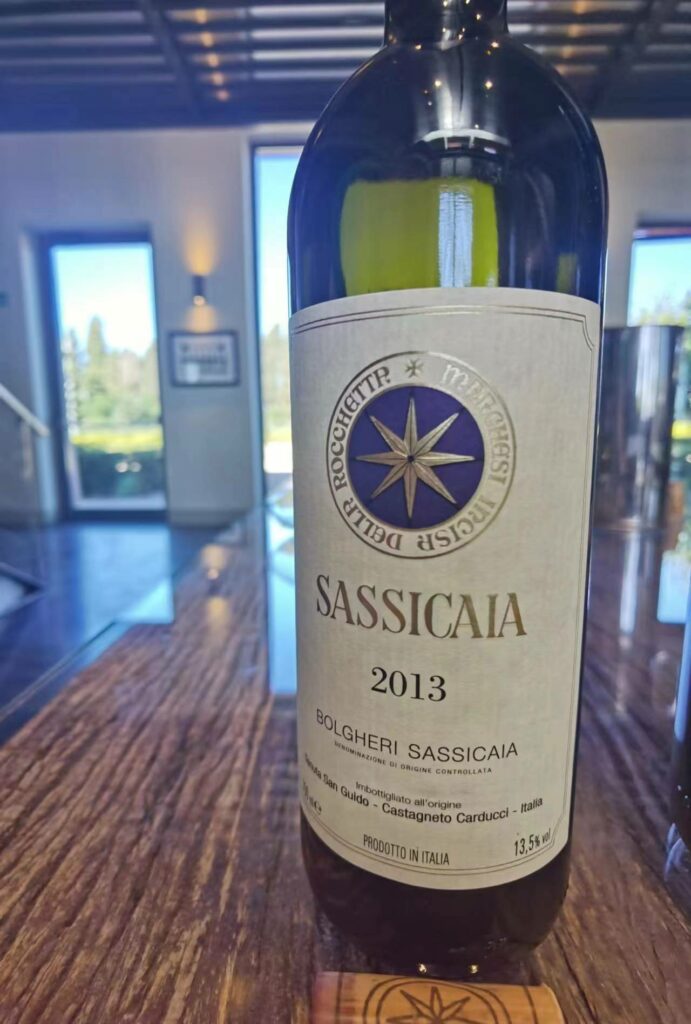
Now this is beautiful. Good deep red-ruby color. Inviting aromas of blackcurrant, dark plum, blood orange and menthol are complicated by a subtle hint of dried rose and violet. Sweet spices, cedar, and licorice complement flavours of red and dark berries in the mouth. The finish is bright and penetrating, with a saline nuance lingering prettily. Very smooth and light on its feet, this is an extremely refined Sassicaia. The 2013 Sassicaia was released thirty years after the death of Tenuta San Guido’s founder, Mario Incisa della Rocchetta, and in the same year that his son Nicolò celebrated his 80th birthday. Drinking window: 2023-2048.

 中文
中文
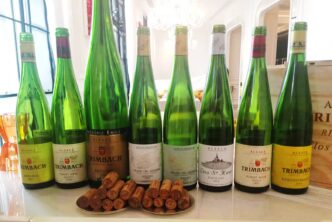
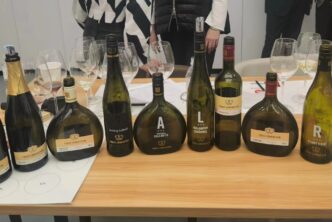
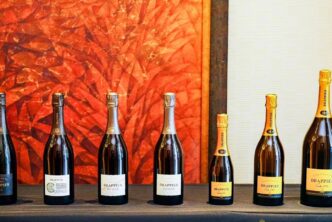
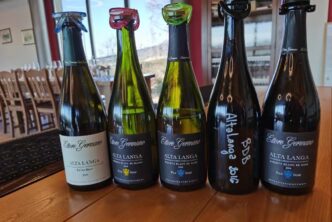
Kudos! one of the best articles on this property and her wines I have read, and I have read a bunch over the years. Well done! We want more from you, and expect we will see more in the coming days, months and years. Bravo!
That’s great, we at the TerroirSense Wine Review aim to please and so if this article hit the bullseye, then I’d say mission accomplished! Moe articles coming up from Yumi and our other wine writers soon! Ian